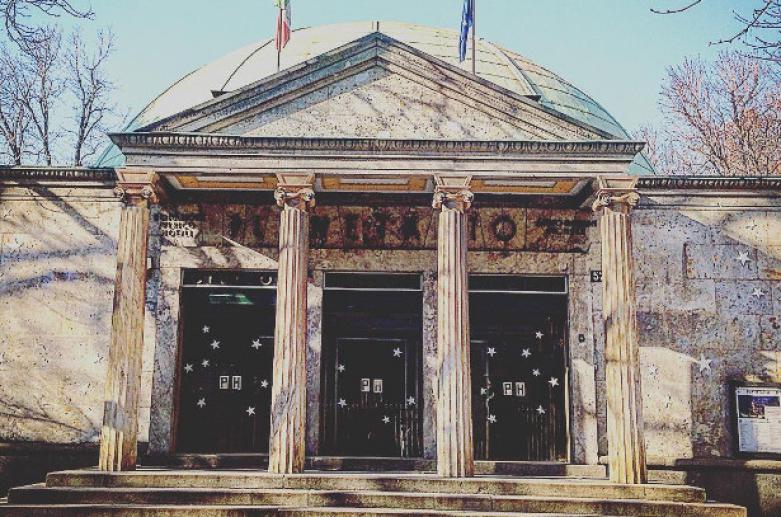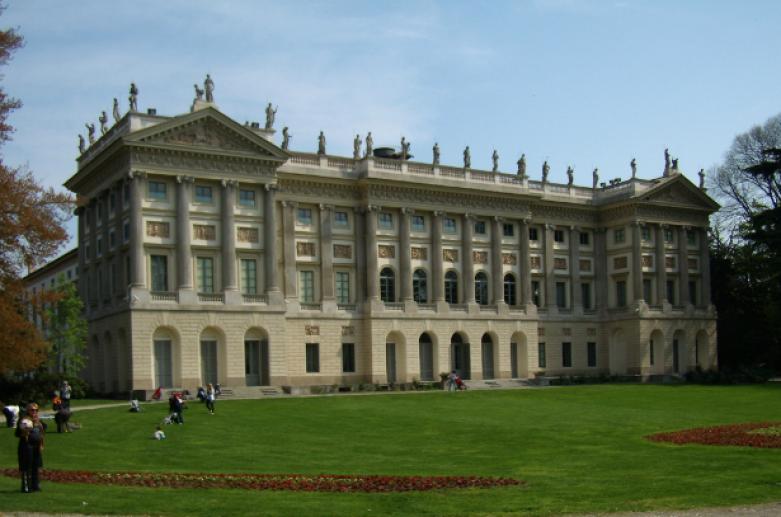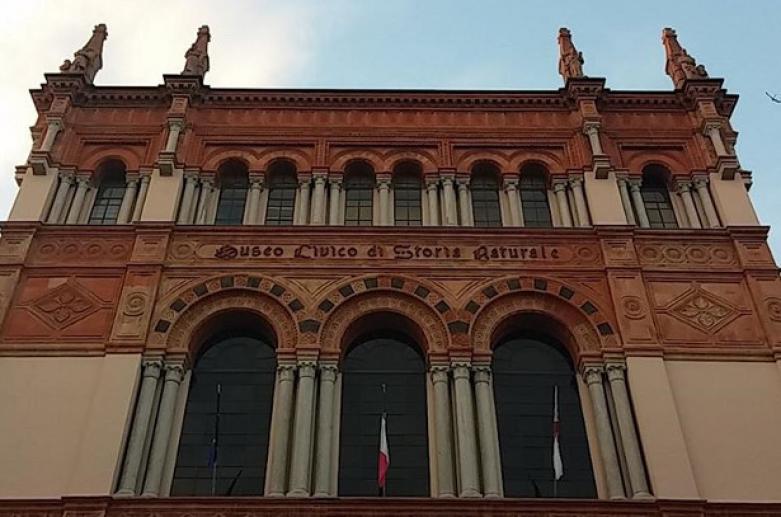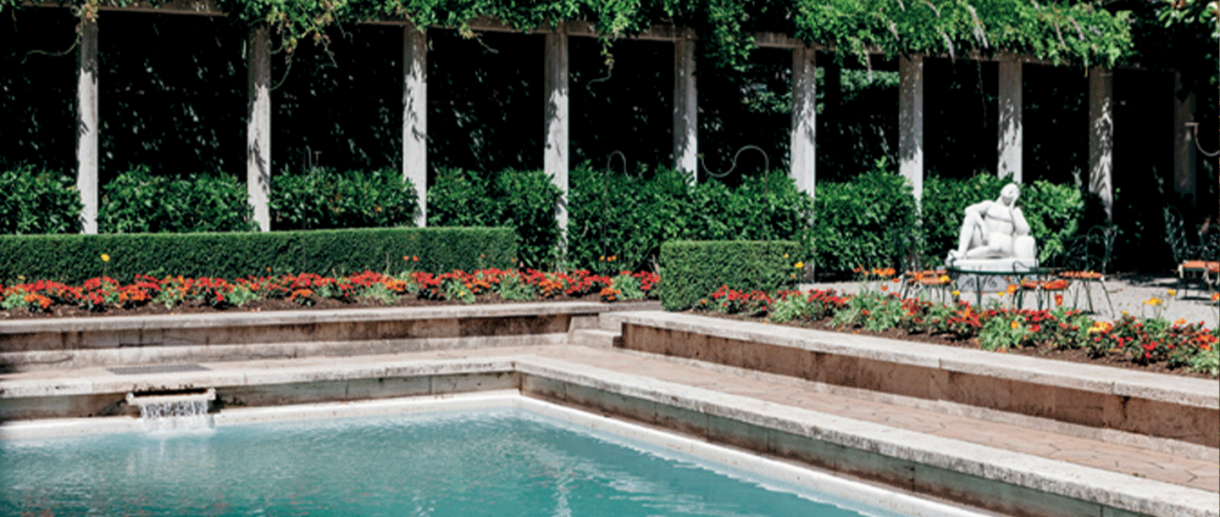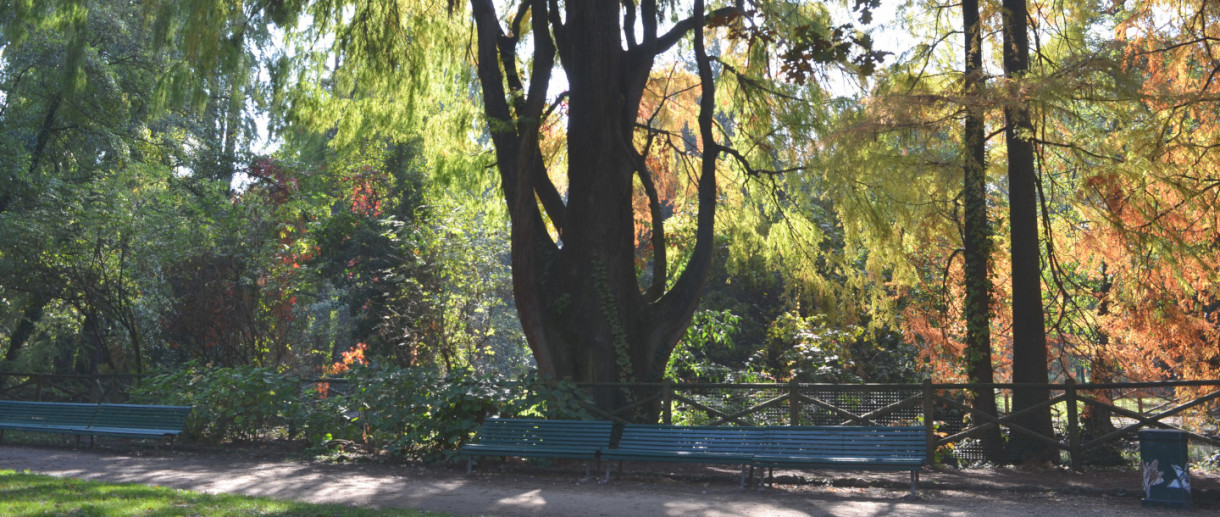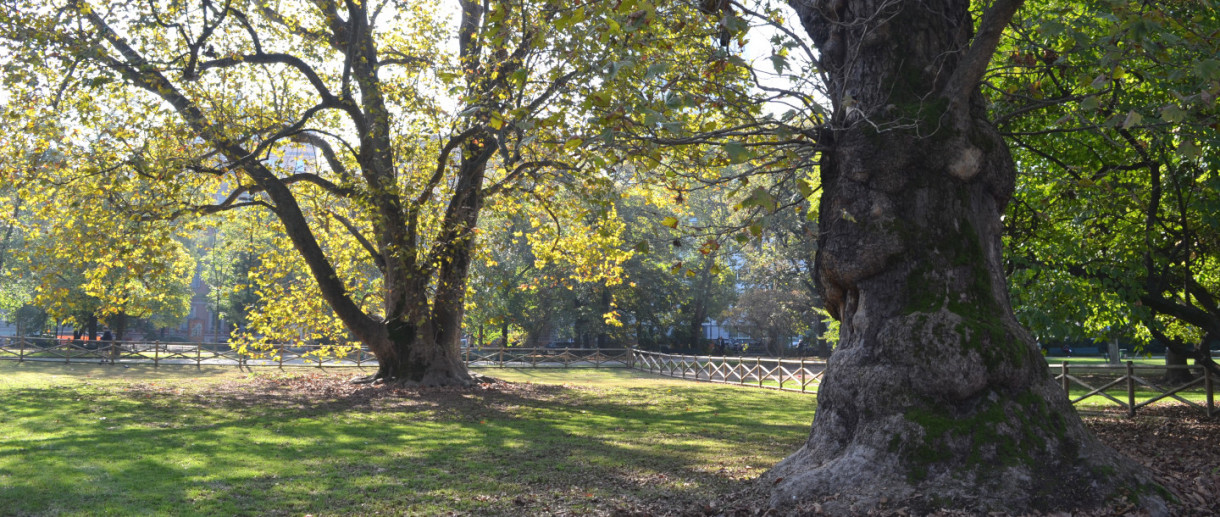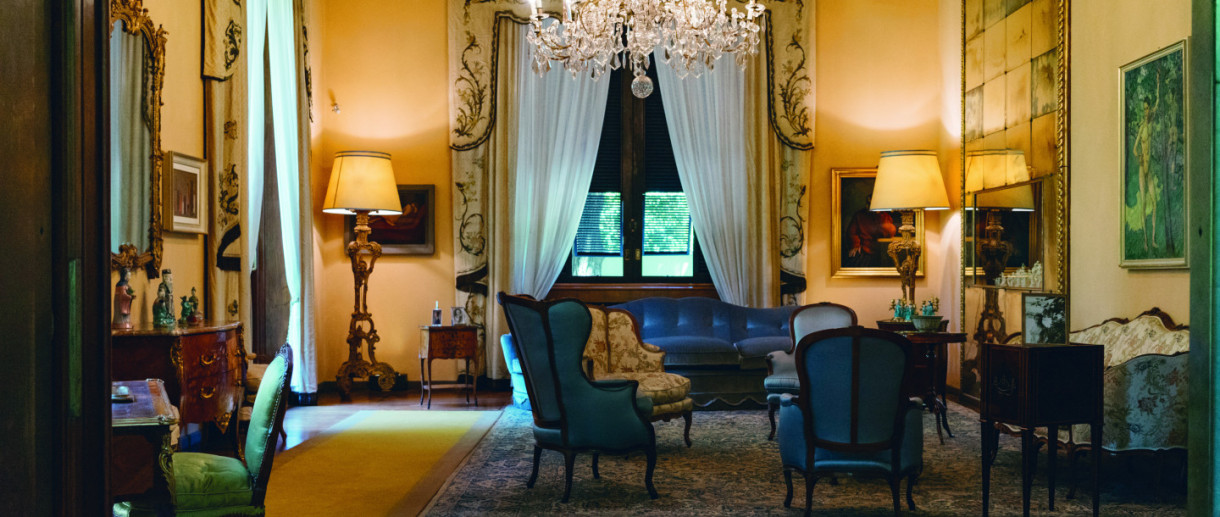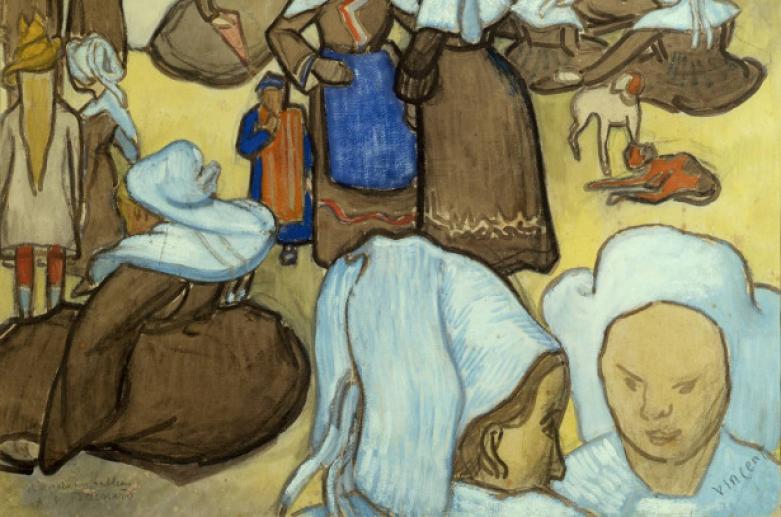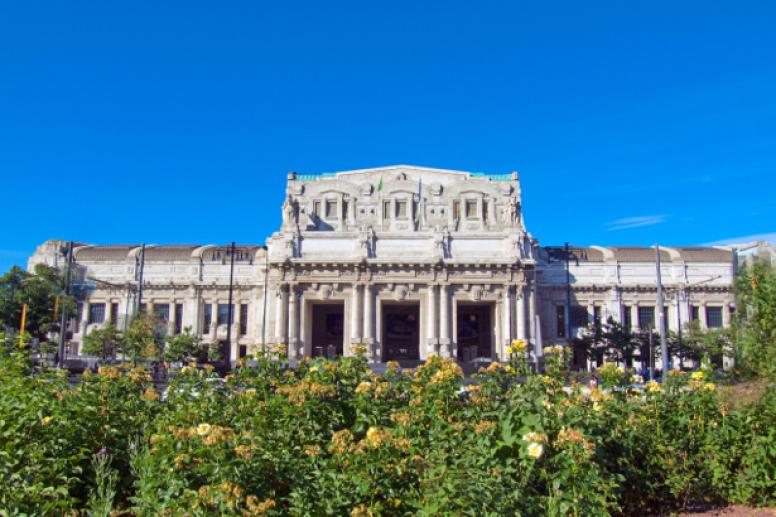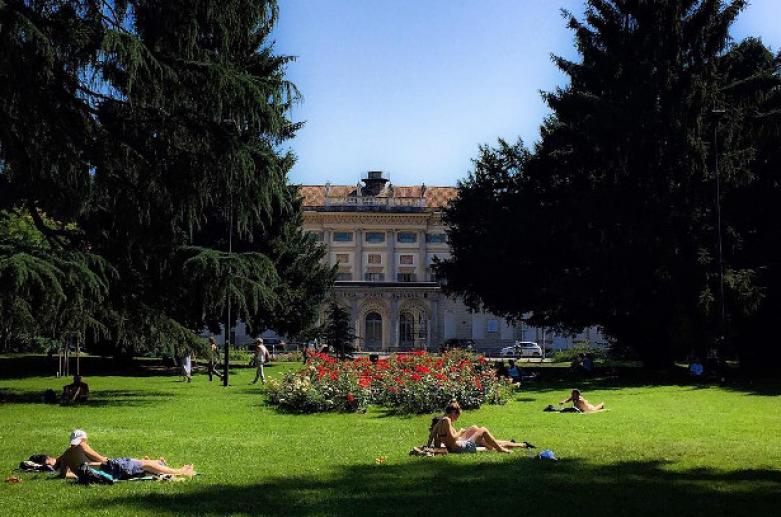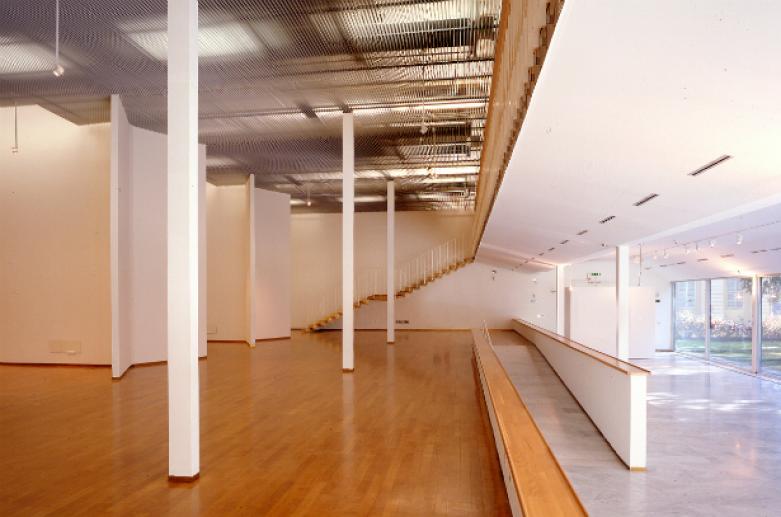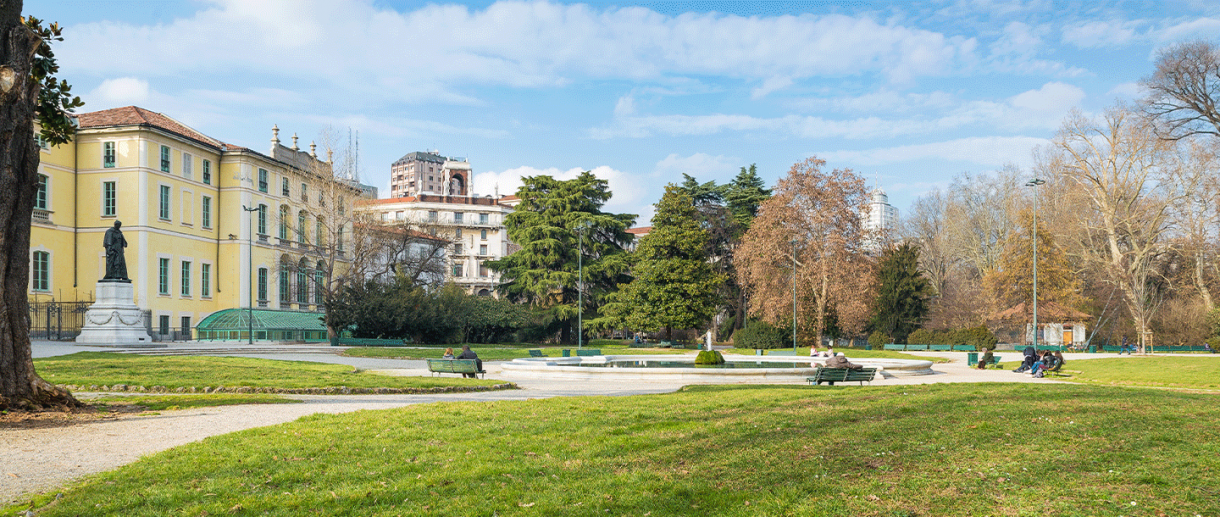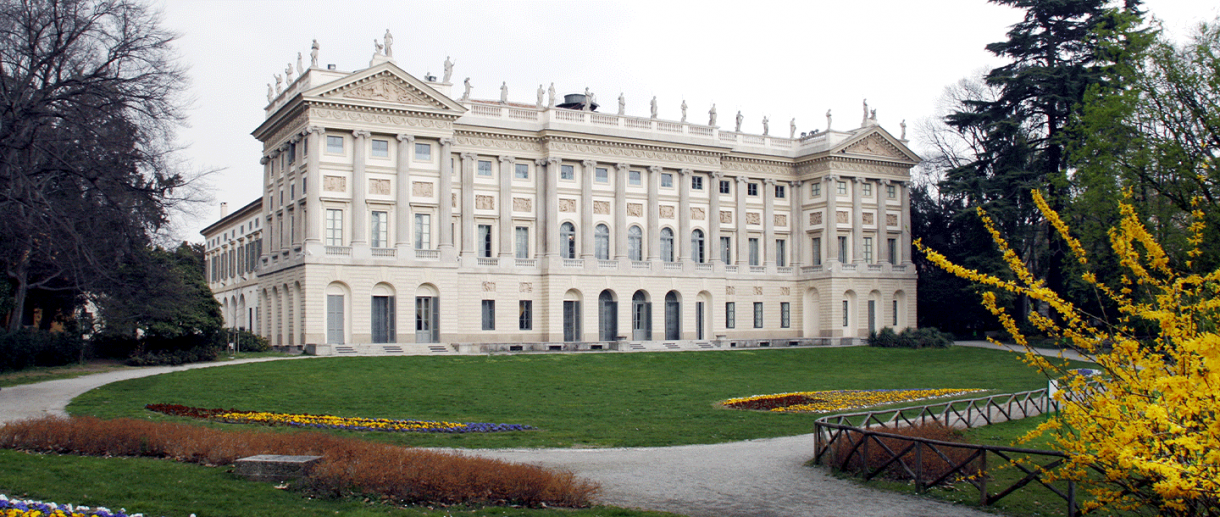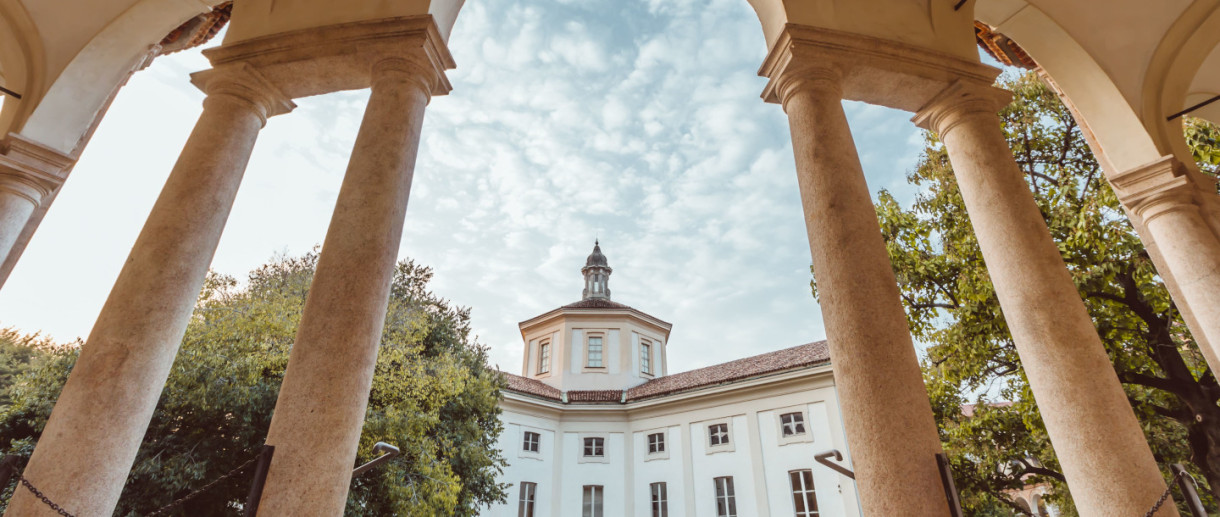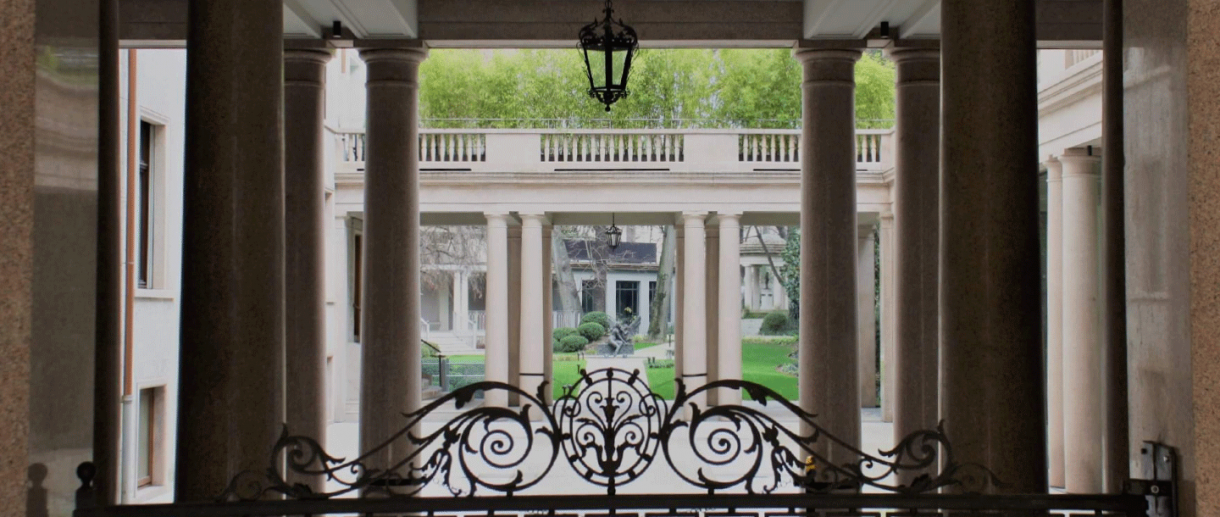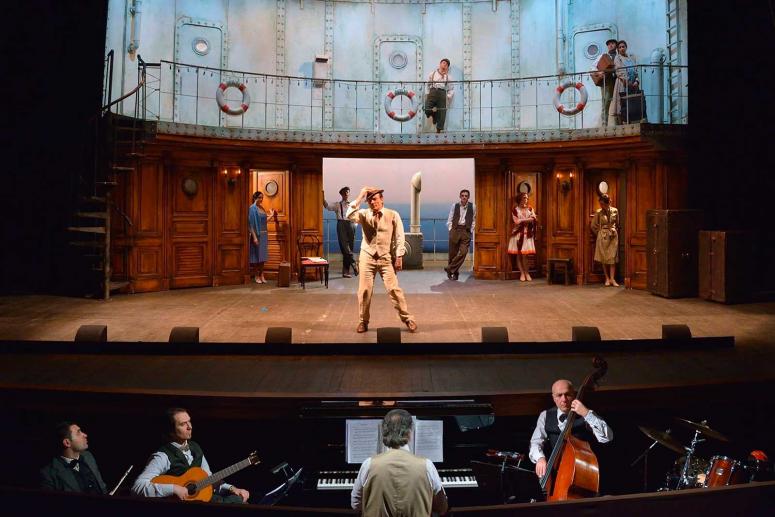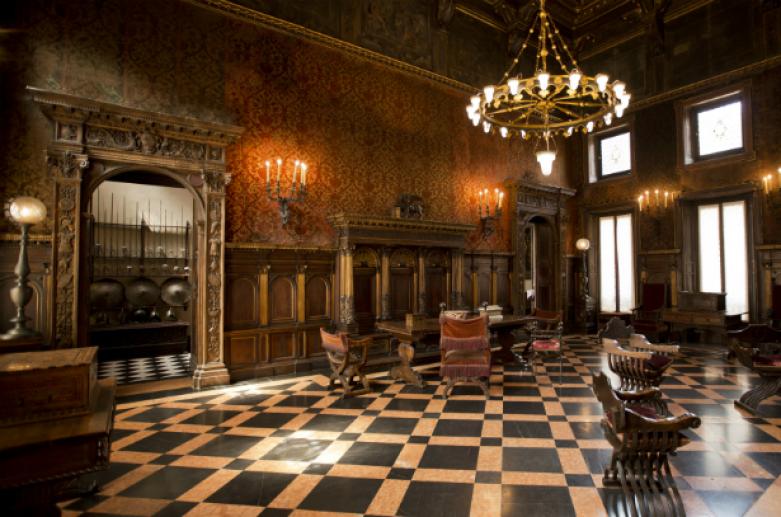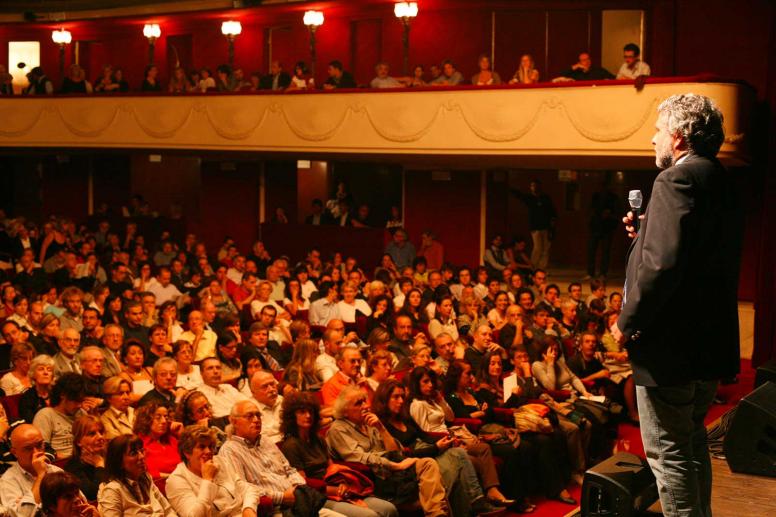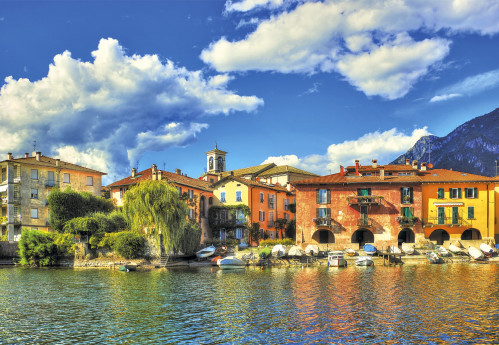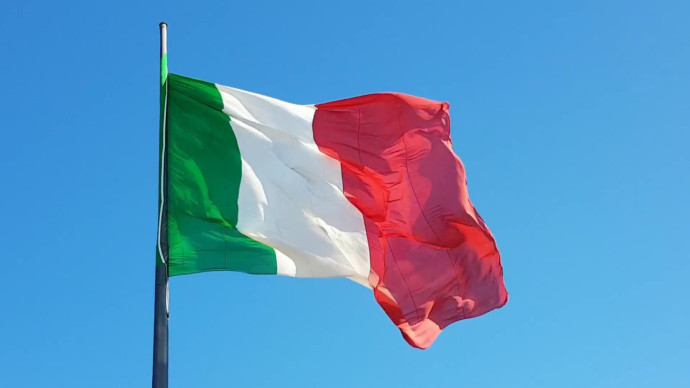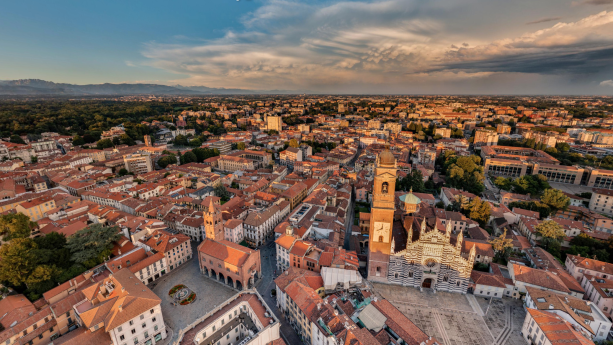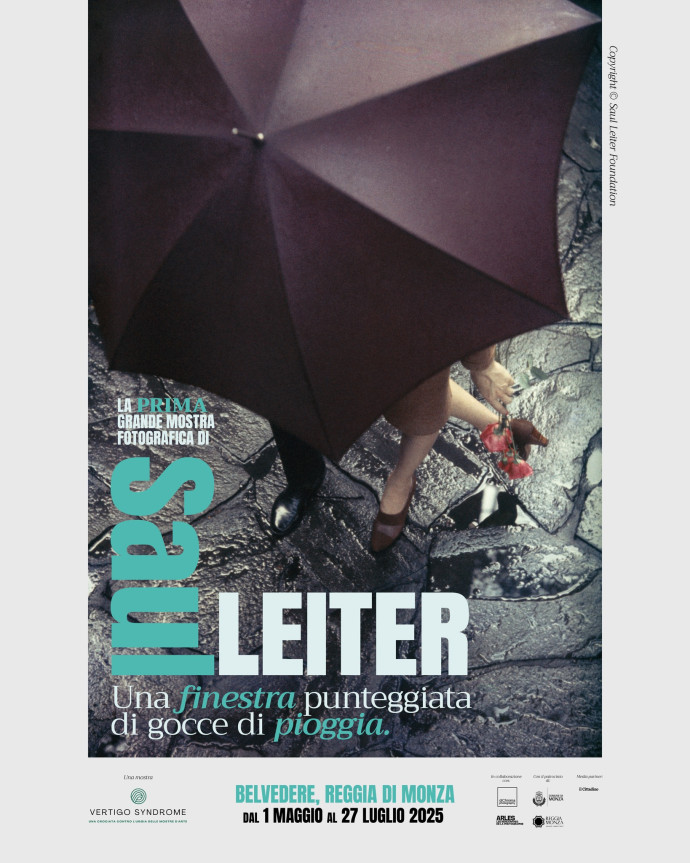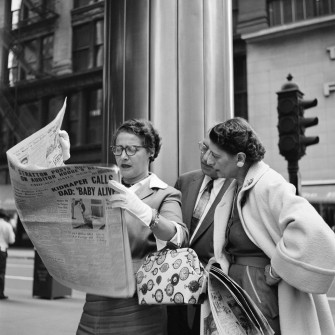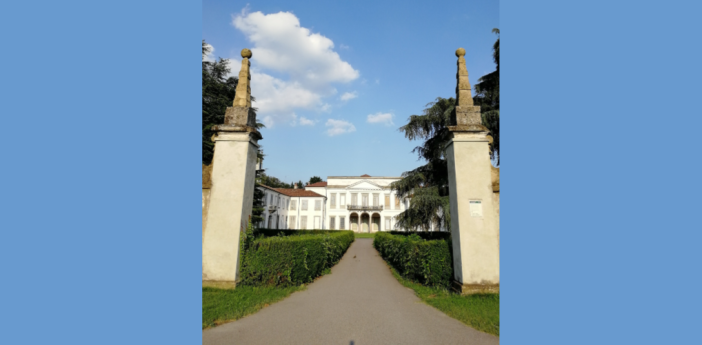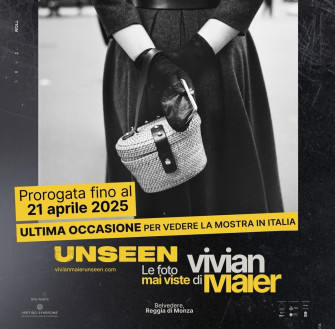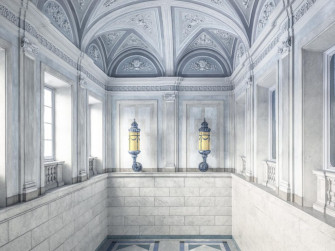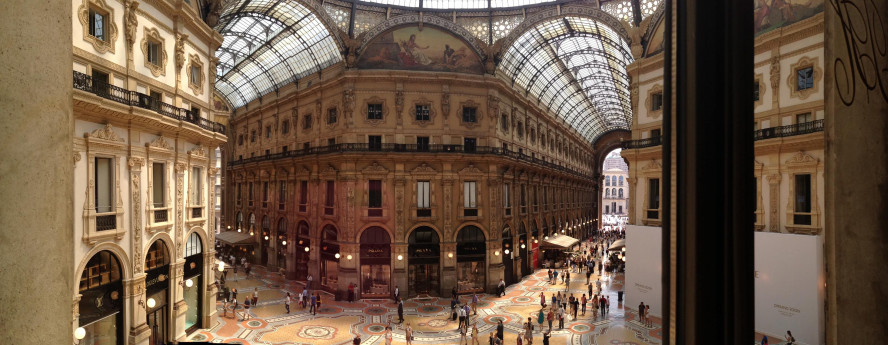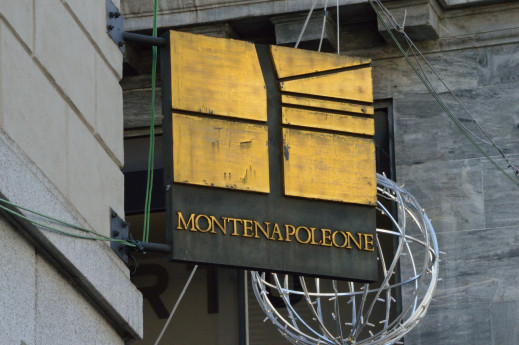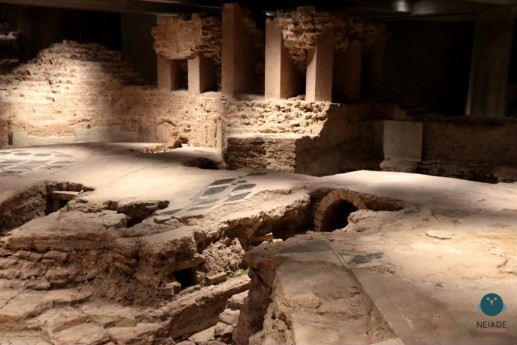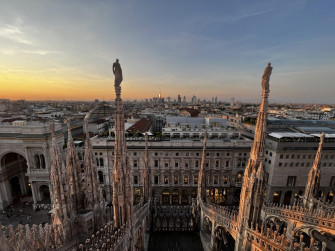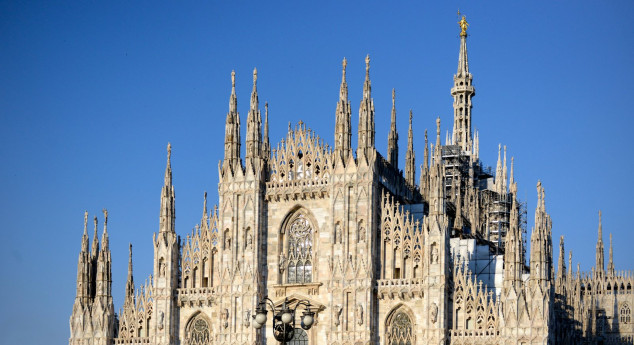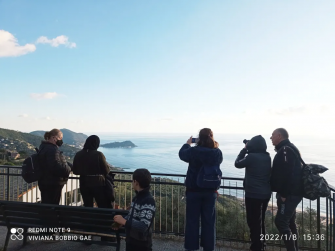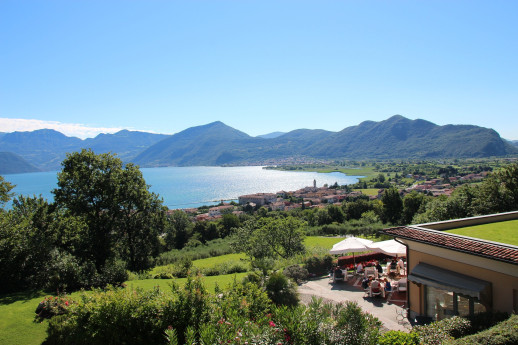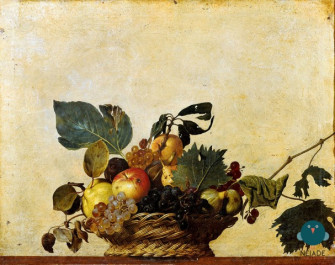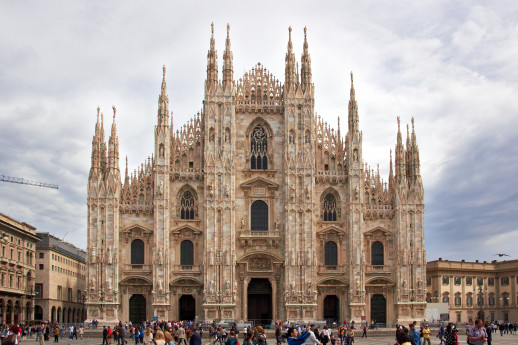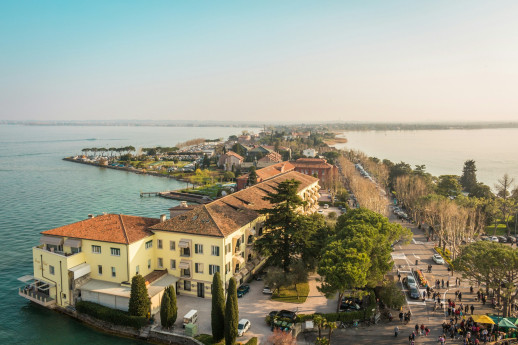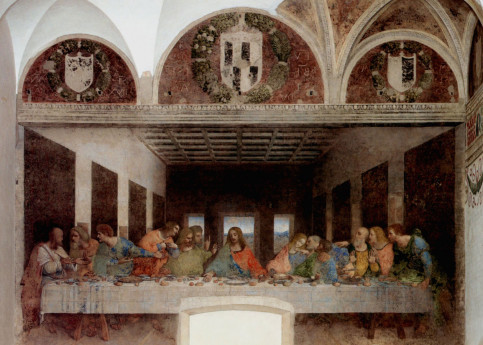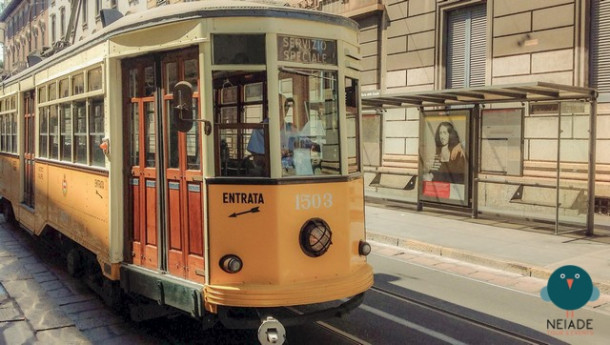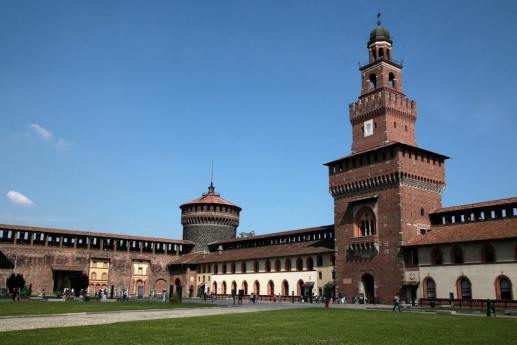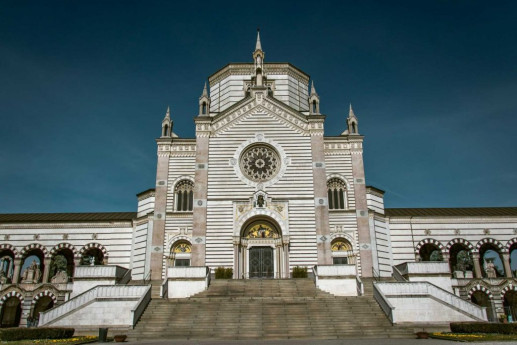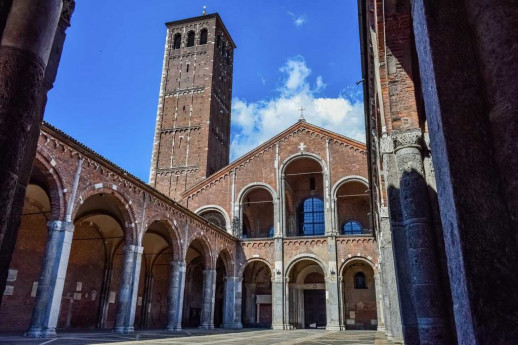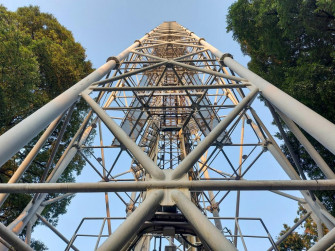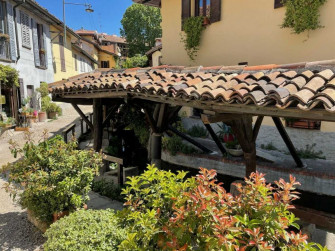- Active & Green
Cascina Rosa Botanical Gardens
From weeds of an abandoned farmhouse, it has blossomed in a short time a well-kept garden, the Orto Botanico di Cascina Rosa
The Cascina Rosa Botanical Gardens were officially opened on 19 September 2001, resulting from the recovery of an abandoned farmhouse and the nearby undergrowth.
The renovation efforts were bolstered when the City of Milan donated the land to the University, which made an operational contribution to the project by ensuring that the necessary actions were taken to make the gardens a reality.
Cascina Rosa's landscape represents an attempt to combine the everyday function of a public space with the cutting-edge research facilities seen nowhere else in Italy. The result is a multifunctional space that could be defined as «multi-faceted»: for general study and cultural purposes, in addition to relaxation and socialization.
In fact, the gardens are a popular destination for the scholars and professionals involved in its care along with students and local residents who want to take a relaxing break. The Cascina Rosa area spans over a kilometre of paths that outline the lawn areas bordered with natural essences typically found in Lombardy.
The gardens host various types of plants all accompanied by special explanatory signs indicating the name of the species; among these, there are many azaleas, camellias, pines and oaks - wild and cultivated plants, selected from those found in Lombardy, including horticultural and native plants such as the willow, and those, like the Japanese walnut, brought here in the Middle Ages to adorn our gardens.
A small stream and a pool of water surrounded by vegetation have made it possible to enrich the samples of the plants present with typical Lombard and ornamental aquatic species. The real strength of the Cascina Rosa Botanical Gardens is undoubtedly the greenhouses: three state-of-the-art facilities that have few equals in Europe where important research work will be carried out.
The greenhouses are also home to a significant collection consisting of 1500 specimens of «succulent» plants, recently donated by a citizen of Milan. In 1948 the director De Sica chose the area between the Ortica and Cascina Rosa as a set for his movie Miracolo a Milano.
